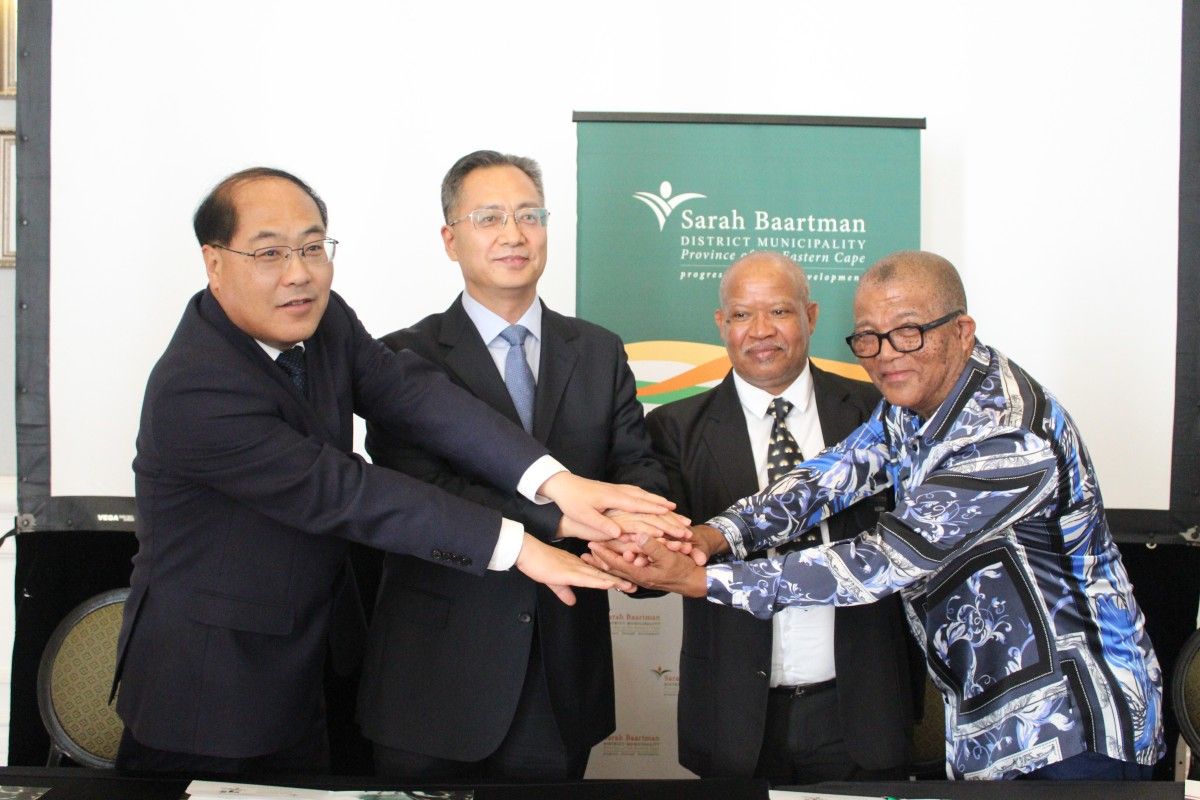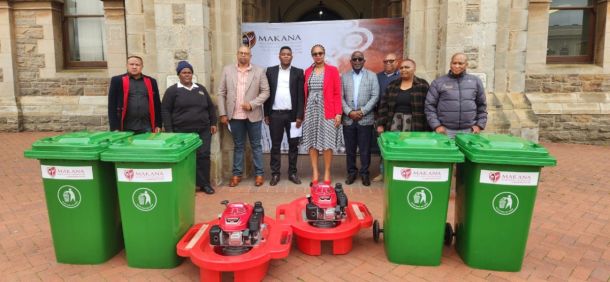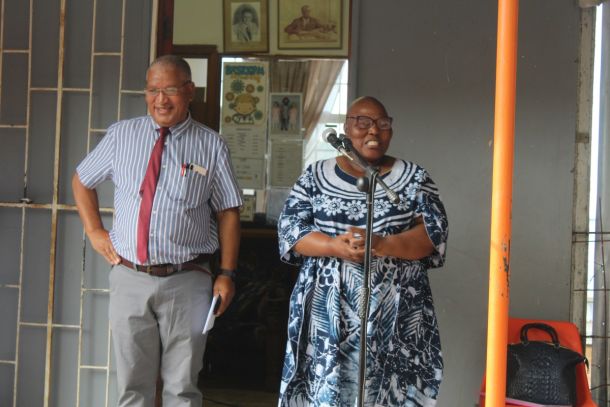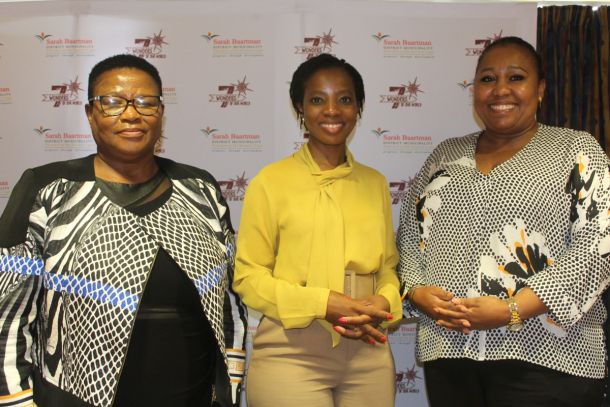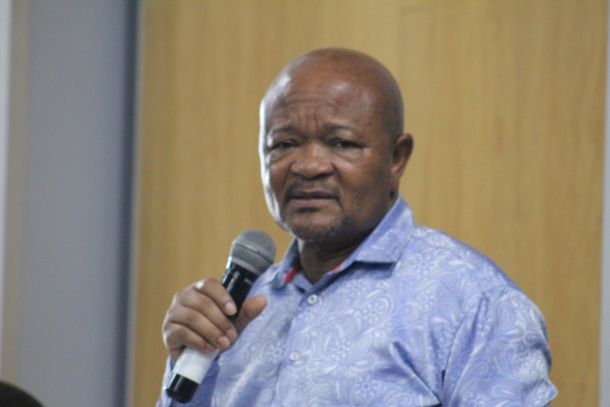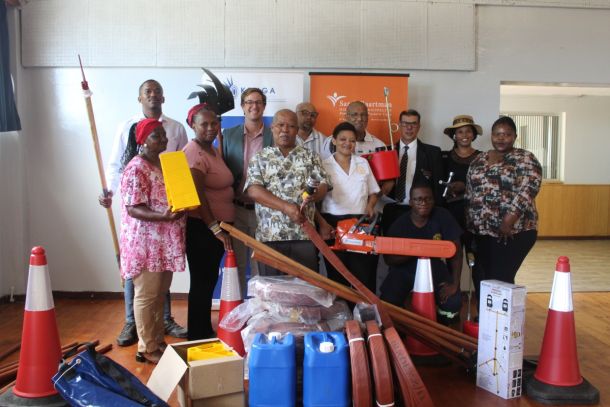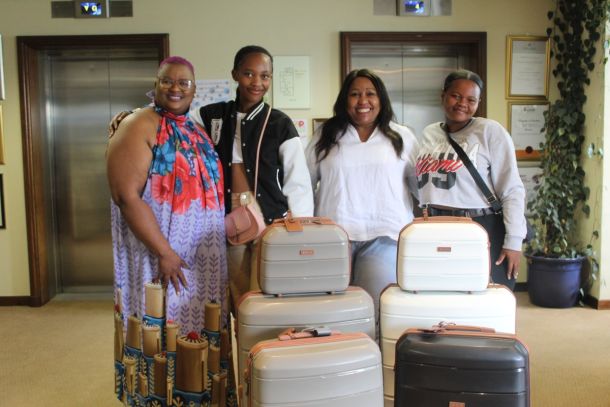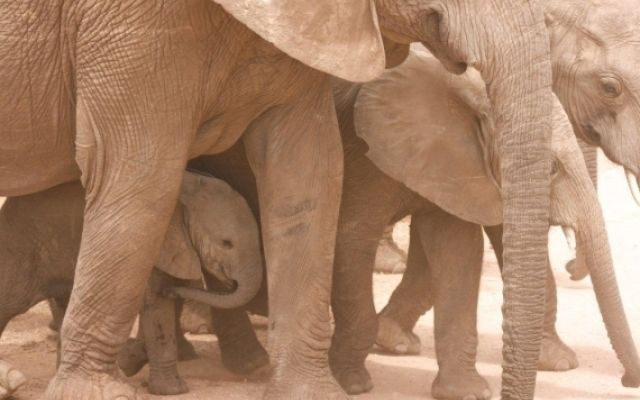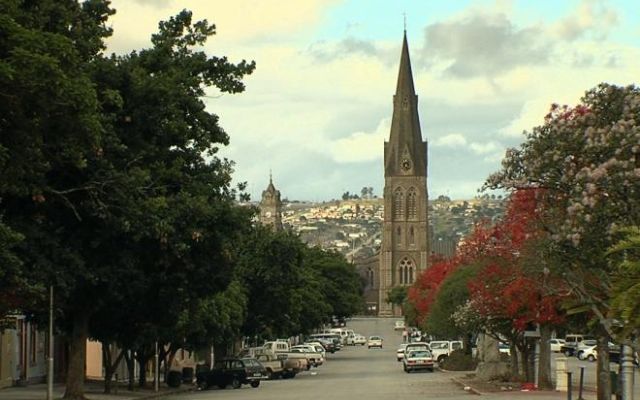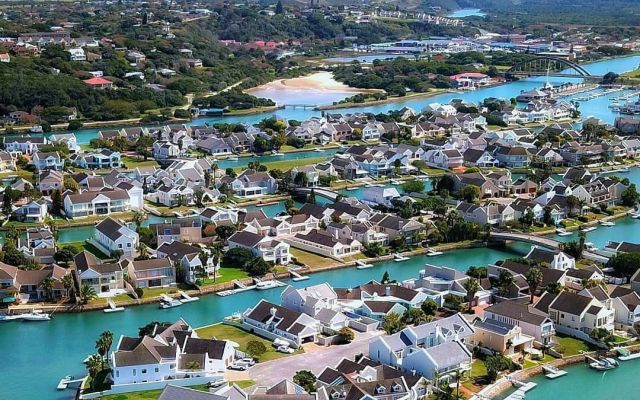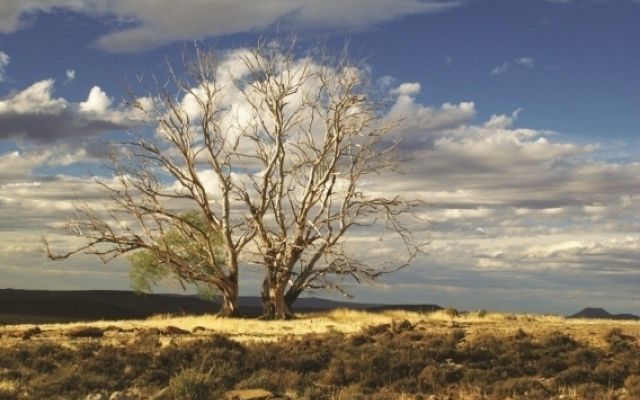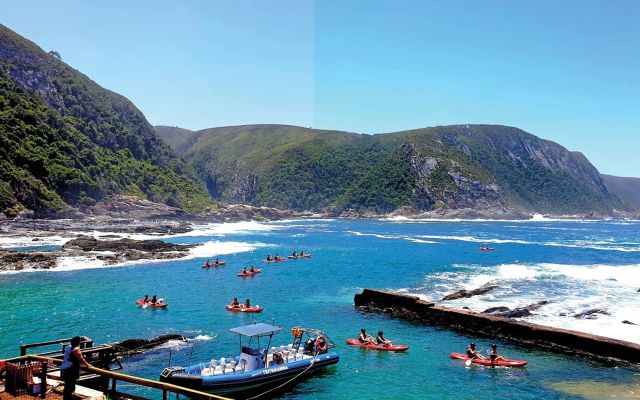-
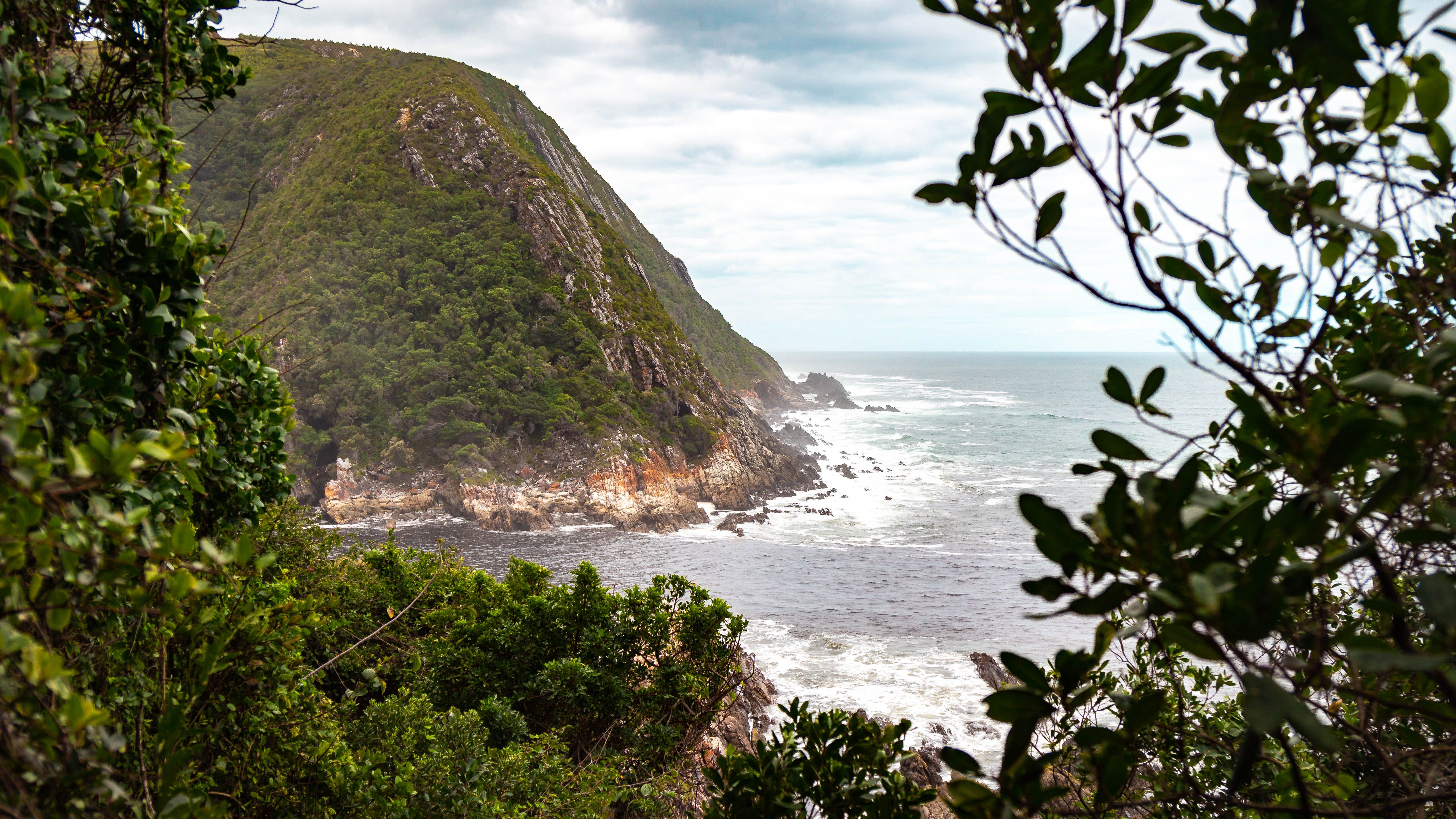
Sarah Baartman
District Municipality -

Sarah Baartman
District Municipality -
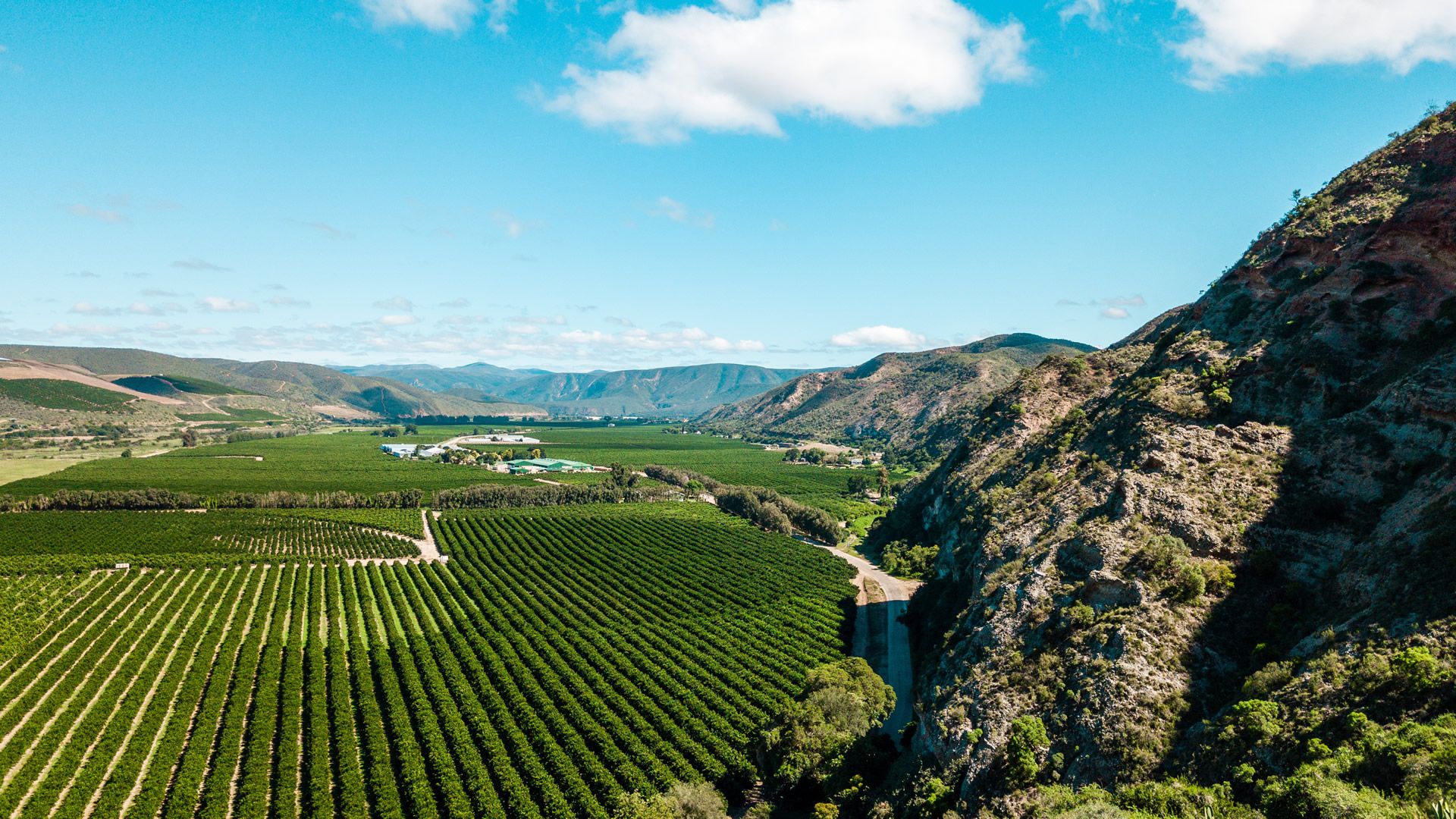
Sarah Baartman
District Municipality
Notices
-
Public Notice - Telephone Lines Down Temporarily
-
Notice 22/2024 - Draft IDP and Budget 2024/2025 Open for Comment
-
NOTICE OF SBDM COUNCIL MEETING ON 27 March 2024
Vacancies
-
Senior Manager: Finance
-
Advert and Application form for Scholarships to Hangzhou Normal University
-
Vacancies March 2024
Tenders and RFQs
-
BID NO. 48/2023: REPLACEMENT OF WINDOWS IN THE SARAH BAARTMAN DISTRICT MUNICIPAL OFFICES
-
Bids Opened- Bid No. 01/2024: SUPPLY AND DELIVERY OF A SINGLE CAB VEHICLE AND A WASTE COMPACTOR TRUCK FOR MAKANA LOCAL MUNICIPALITY.
-
Bid Opened - Bid No. 18/2023: Supply, Delivery, Installation, Configuration and Commissioning of an Integrated IP PABX Telephone System
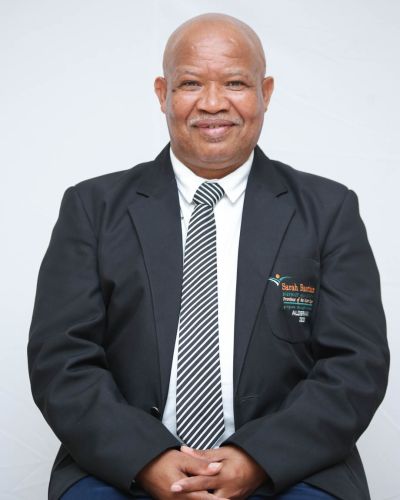
Cllr Deon De Vos
Carrying on the Good Work
Service delivery is our focus, visit our directory to make an enquiry to any relevant staff member.
Trade & Investment
Industry and sustainable development are part of our mission. let's join hands.







